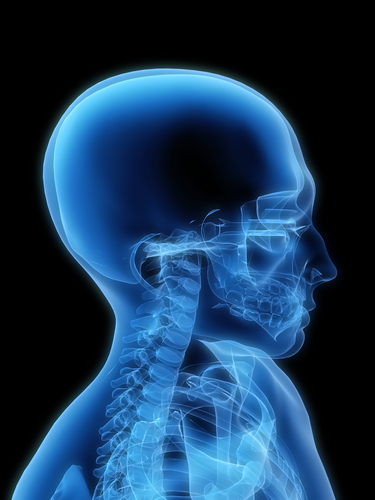The full report, financed by the federal government, will be published in 2008.
Dr. Brett Parkinson with Mountain Medical talks about possible effects of exposure to medical imaging techniques.
Ionizing radiation results from X-ray and nuclear medicine examinations
The per-capita dose of this type of radiation has increased almost 600% from 1980 to 2006
Sharp rise in the number of CT scans: 3 million in 1980 to 62 million in 2006
CT scans account for 12% of radiology procedures, but produce almost half of collective radiation exposure to patients
Significant rise in nuclear medicine exams: 6.4 million in 1980 to 18.1 million in 2006. Represents 25% of collective radiation exposure
What exactly are X-rays?
They are a form of radiant energy, like light or radio waves
Unlike light, x-rays can penetrate the body and produce images of internal structures
Because of their high energy, they can displace electrons from atoms, resulting in cell damage
Cell damage increases the risk of developing cancer
The World Health Organization and the Centers for Disease Control have classified x-rays as carcinogens. Studies have shown they can cause leukemia and cancers oft he breast, lung and thyroid. It is estimated that approximately 1% of cancers in the US are caused by medical imaging procedures.
How much radiation exposure does it take to induce cancer?
We don’t know the exact dose, but we do know that high doses are definitely related to increased cancer rates
Studies of atomic bomb survivors in Japan found an increase risk of developing cancer at high levels of exposure, starting at about 50 mSv (millisieverts)–that’s 16 X the current annual average exposure for Americans from medical exams.
A mSv is scientific unit of measurement for radiation dose. To put things in perspective, consider this: We are all exposed to background radiation from the environment, about 3mSv per year. The sources for “natural” or background radiation include radon gas which seeps out of the ground, cosmic rays and even the food we eat.
Is the radiation exposure the same for all x-ray exams?
No, each exam is different. CT examinations and those using barium and dye lead to much higher exposures.
CT Exam Abdomen–10mSv
CT Exam Chest–8mSv
CT Colonoscopy–5mSv
CT Exam Cardiac–2mSv
Barium Enema–4-7mSv
Upper GI Series–2-3mSv
Chest X-ray–0.1mSv
Mammogram–0.7mSv
Does this mean than patients should avoid CT scans?
Absolutely not! When medically indicated, the benefits of CT and other radiology exams–detecting cancer and other life-threatening conditions–far outweigh the potential risks of radiation-induced cancer
However, patients should be cautious. It doesn’t hurt to ask your doctor if the exam is really indicated. You may want to inquire about other types of imaging exams that don’t use ionizing radiation, like ultrasound or MRI
What about these new so-called total body scans for people without symptoms? Are they worth the risk?
Probably not
THE FDA HAS NEVER APPROVED CT FOR SCREENING ANY PART OF THE BODY
The probability of a false positive finding–an abnormal scan when there is not significant disease–is far more likely than finding a life-threatening condition
However, CT scans can be very beneficial when a person has signs or symptoms of some particular disease or other medical condition
Are there certain groups that are more sensitive than others to radiation exposure? Yes
Children. Tissues more sensitive than adults’ because of rapidly dividing cells.
Women. Breast tissue, especially in premenopausal women, more sensitive than other body parts to the effects of radiation.
RECOMMENDATIONS:
Never refuse a radiological examination for a potentially life-threatening condition
Ask your doctor, or the radiologist supervising your examination, about the dose of any exam you might have.
Keep a radiation diary. The effects of radiation can be cumulative.















Add comment